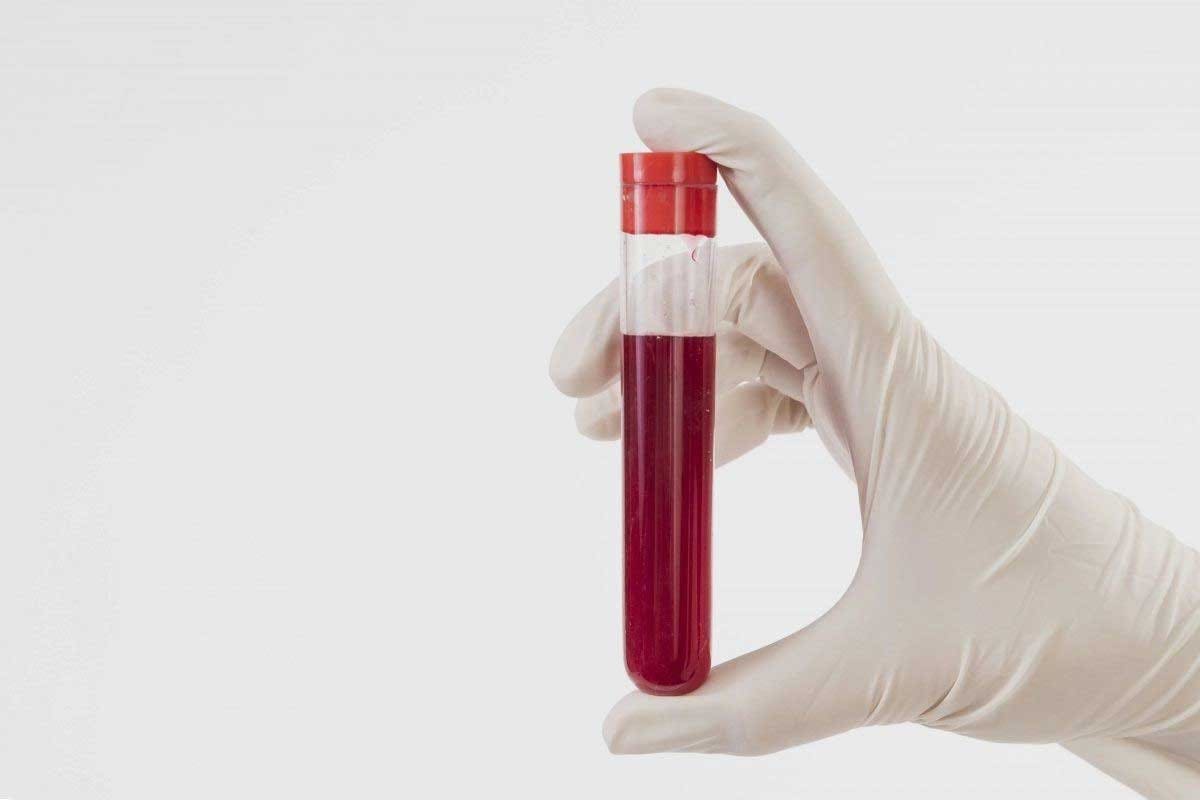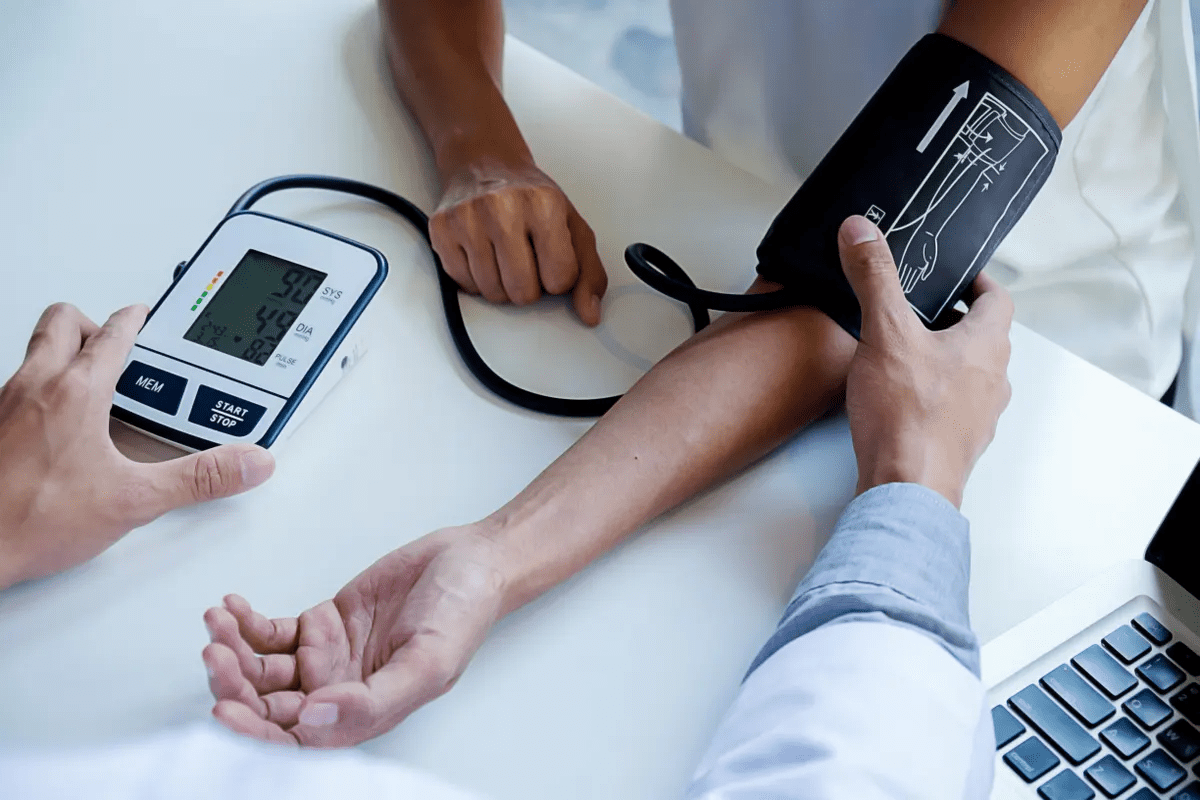Last Updated on November 26, 2025 by Bilal Hasdemir

Patients worried about lung biopsy safety are normal. At Liv Hospital, we focus on safe, evidence-based care. We aim to make every step comfortable for you.
A lung biopsy is a serious test. It takes a tissue sample from the lung to check for cancer, infections, or other diseases. Our team helps you understand the process and risks of different types of lung biopsy.
We know older patients might worry about lung biopsy safety. We want to give you clear info and support. This helps you make the best care choices.
Key Takeaways
- Understand the purpose and risks associated with a lung biopsy.
- Learn about the different types of lung biopsy procedures.
- Discover what to expect during and after the procedure.
- Find out how Liv Hospital ensures patient safety and comfort.
- Get insights into the diagnostic benefits of a lung biopsy.
Understanding Lung Biopsies: Purpose and Necessity

For those with suspected lung disease, a biopsy is key. It helps understand the condition. Though it’s a big step, it’s vital for lung health.
What Is a Lung Biopsy?
A lung biopsy takes a sample of lung tissue for tests. It checks for infections, inflammation, and cancer. The method used depends on the lung area affected.
Medical Conditions Requiring Lung Biopsies
Doctors recommend biopsies for lung issues seen on scans. This includes lung cancer and other diseases. It’s also for ongoing respiratory problems or infections.
By looking at lung tissue, doctors can figure out the cause. They then create a treatment plan. This helps improve health and life quality.
Diagnostic Importance in Pulmonary Medicine
Lung biopsies are very important in lung health. They help doctors find the right treatment. This makes a big difference in patient care.
In short, lung biopsies are essential for lung disease management. Knowing their role helps patients understand their health journey better.
Is a Lung Biopsy Dangerous? Evaluating the Overall Risk

Lung biopsies are key for diagnosing diseases. But, knowing the risks is vital for making smart choices. Risks include bleeding, infection, and pneumothorax (collapsed lung). We’ll look at the risks of lung biopsies, their safety, mortality rates, and possible problems.
General Safety Profile
Lung biopsies are mostly safe. But, they can cause bleeding, infection, and some pain. The safety depends on the biopsy type, the patient’s health, and the doctor’s skill.
Mortality Rates and Serious Complications
Mortality rates for lung biopsies are low. But, serious issues can happen. These include severe bleeding, pneumothorax needing a chest tube, and air embolism. Knowing these risks helps patients decide wisely.
Risk-Benefit Analysis for Patients
Patients must weigh the risks against the benefits of a lung biopsy. The info from the biopsy can guide treatment, improving health outcomes. We support patients in this decision-making, giving them all the facts.
Understanding risks and benefits helps patients choose better. Our aim is to guide and support, ensuring patients get the best care.
Types of Lung Biopsy Procedures
The choice of lung biopsy procedure depends on the lung lesion’s location and size. At Liv Hospital, we use different techniques to ensure accurate diagnosis. We also consider patient comfort and safety.
Needle (Transthoracic) Biopsy
A needle biopsy involves inserting a needle through the chest wall to collect lung tissue. It’s often done under a CT scan or ultrasound for precise placement.
Advantages: It’s minimally invasive, quick, and can be done with local anesthesia.
Considerations: There’s a risk of pneumothorax (collapsed lung) and bleeding.
Bronchoscopic Biopsy
Bronchoscopic biopsy uses a bronchoscope to see the airways and collect tissue. It’s great for diagnosing lesions in the bronchial tree.
Benefits: It allows direct visualization of the airways and can be done under sedation.
Limitations: It’s not good for peripheral lung lesions.
Video-Assisted Thoracic Surgery (VATS)
VATS is a minimally invasive surgery that uses small chest incisions. It allows for larger tissue samples or removal of lung nodules.
Advantages: It’s less invasive than open surgery, has less recovery time, and less pain.
Considerations: It requires general anesthesia and has risks.
Open Surgical Biopsy
Open surgical biopsy involves a larger chest incision for direct lung tissue access. It’s used when other methods fail to diagnose.
Benefits: It offers direct access to lung tissue and can provide a definitive diagnosis.
Considerations: It’s more invasive, requires general anesthesia, and has a longer recovery time.
| Biopsy Type | Invasiveness | Anesthesia | Diagnostic Yield |
| Needle Biopsy | Minimally invasive | Local | High |
| Bronchoscopic Biopsy | Minimally invasive | Sedation | High for central lesions |
| VATS | Minimally invasive surgery | General | High |
| Open Surgical Biopsy | Invasive surgery | General | Definitive |
Choosing the Right Lung Biopsy Procedure
The type of lung biopsy depends on where the nodule or abnormalities are. We look at several factors to pick the best procedure for each person.
Factors Influencing Procedure Selection
Several key factors influence the choice of lung biopsy procedure. These include the location and size of the lesion, as well as the patient’s overall health.
Location and Size of the Lesion
The location and size of the lung lesion or nodule are very important. For example, lesions near the chest wall might be better for a needle biopsy. But, those deeper in the lung might need a bronchoscopic or surgical method.
Patient’s Overall Health Considerations
A patient’s overall health is also key in choosing a lung biopsy procedure. Patients with certain health issues or lung problems might need a less invasive method to avoid risks.
| Procedure | Description | Typical Use Case |
| Needle Biopsy | Minimally invasive, using a needle to collect tissue | Lesions close to the chest wall |
| Bronchoscopic Biopsy | Involves using a bronchoscope to collect samples | Lesions within the airways or near the central lung |
| Surgical Biopsy (VATS/Open) | More invasive, involving surgical incision | Lesions not accessible by other methods or when more tissue is needed |
“The choice of lung biopsy procedure is highly individualized, taking into account the specific characteristics of the patient’s condition and overall health status.”
Dr. Jane Smith, Pulmonologist
We carefully consider these factors to choose the right lung biopsy procedure for each patient. This balances the need for accurate diagnosis with safety and comfort.
Common Risks and Complications of Lung Biopsies
Lung biopsies are generally safe but come with some risks. It’s important to know these risks to make informed health decisions. The benefits of the procedure often outweigh the risks, but being informed is key.
Pneumothorax (Collapsed Lung)
Pneumothorax, or a collapsed lung, is a common complication. It happens when air leaks into the space between the lung and chest wall. This can cause the lung to collapse partially or completely. The risk of pneumothorax is about 25 percent for needle biopsies.
“The risk of pneumothorax is a significant consideration in lung biopsy procedures,” medical professionals say. We will closely monitor patients for signs of pneumothorax and take necessary precautions to minimize this risk.
Bleeding Complications
Bleeding is another possible complication of lung biopsy. It can range from minor bleeding to severe hemorrhage. We take every precaution to minimize the risk of bleeding.
We carefully select patients and use advanced imaging techniques to guide the biopsy needle. This helps reduce the risk of bleeding.
Infection Risks
There is a risk of infection with lung biopsy, as with any invasive procedure. We follow strict sterile techniques during the procedure. We also monitor patients closely for signs of infection post-biopsy.
The risk of infection is generally low. But it’s essential for patients to follow post-procedure care instructions carefully. This helps minimize the risk of infection.
Other Possible Complications
Other possible complications include bronchial spasms and air embolism, though these are less common. We discuss these risks with our patients and take all necessary precautions to prevent them.
By understanding these risks, patients can be better prepared for the procedure and the recovery process. This helps them make informed decisions about their health.
In conclusion, while lung biopsies do carry certain risks, being aware of these complications and working closely with a medical team can significantly mitigate them. We are committed to providing the highest level of care and support throughout the biopsy process.
Special Considerations for Elderly Patients
Elderly patients face unique challenges when they undergo lung biopsies. Their bodies are more prone to complications because of age-related health issues. These issues include comorbidities and a reduced ability to recover quickly.
Factors Affecting Elderly Patients
Conditions like chronic obstructive pulmonary disease (COPD) and heart disease can affect lung biopsies in seniors. We must consider these when weighing the benefits and risks of the procedure.
Physiological Reserve and Treatment Outcomes
A patient’s ability to handle treatments depends on their physiological reserve. Those with less reserve might face higher risks of complications. This includes issues like pneumothorax or bleeding, and they might need more care after the procedure.
Understanding these factors helps us manage risks better. This way, we can offer more effective care to elderly patients undergoing lung biopsies.
FAQ
Is a lung biopsy a serious procedure?
Yes, a lung biopsy is a serious procedure. It’s often needed to diagnose lung conditions, like cancer. We weigh the risks and benefits to ensure the best results for our patients.
How is a lung biopsy performed?
There are several ways to do a lung biopsy. These include needle biopsy, bronchoscopic biopsy, Video-Assisted Thoracic Surgery (VATS), and open surgical biopsy. The choice depends on the lesion’s location and size, and the patient’s health.
What are the risks associated with a lung biopsy?
Risks include pneumothorax (collapsed lung), bleeding, and infection. We work to minimize these risks and manage them if they happen.
How long does it take to get the results of a lung biopsy?
Results usually come within a few days to a week. We know waiting can be hard, so we aim to keep you updated as soon as we can.
Is a lung biopsy painful?
We aim to reduce discomfort during and after the procedure. While some pain might occur, we use anesthesia and pain management to help you stay comfortable.
Are lung biopsies dangerous for elderly patients?
Elderly patients may face higher risks due to health issues and decreased strength. We carefully evaluate each patient’s health to minimize risks and ensure the best outcome.
What is the mortality rate associated with lung biopsies?
Lung biopsies carry risks, but the mortality rate is generally low. We closely monitor and manage complications to keep patients safe.
How do you choose the right lung biopsy procedure for a patient?
We consider several factors, including the lesion’s location and size, and the patient’s health. Our team works together to find the best procedure for each patient.
Does a lung biopsy hurt?
We use various methods to reduce discomfort during a lung biopsy. While some pain might occur, our goal is to make the procedure as comfortable as possible.
What are the different types of lung biopsy procedures?
The main types are needle (transthoracic) biopsy, bronchoscopic biopsy, Video-Assisted Thoracic Surgery (VATS), and open surgical biopsy. Each has its own advantages and risks, which we discuss with you to choose the best option.
References
Peng, J., et al. (2024). Systematic review and meta-analysis of current evidence in uterine artery embolization compared to myomectomy on symptomatic uterine fibroids. Scientific Reports, 14, Article 12345. https://www.nature.com/articles/s41598-024-69754-0






